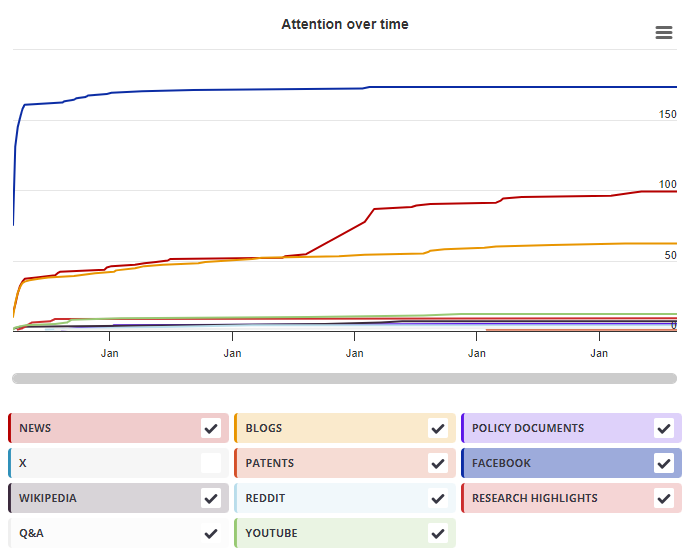| Chapter title |
Animal Models of Pulmonary Fibrosis
|
|---|---|
| Chapter number | 24 |
| Book title |
Lung Innate Immunity and Inflammation
|
| Published in |
Methods in molecular biology, January 2018
|
| DOI | 10.1007/978-1-4939-8570-8_24 |
| Pubmed ID | |
| Book ISBNs |
978-1-4939-8569-2, 978-1-4939-8570-8
|
| Authors |
David N. O’Dwyer, Bethany B. Moore, O’Dwyer, David N., Moore, Bethany B. |
| Abstract |
Pulmonary fibrosis is a debilitating disease and is often fatal. It may be the consequence of direct lung injury or the result of genetic defects and occupational, environmental, or drug-related exposures. In many cases the etiology is unknown. The pathogenesis of all forms of pulmonary fibrosis regardless of type of injury or etiology is incompletely understood. These disorders are characterized by the accumulation of extracellular matrix in the lung interstitium with a loss of lung compliance and impaired gas exchange that ultimately leads to respiratory failure. Animal models of pulmonary fibrosis have become indispensable in the improved understanding of these disorders. Multiple models have been developed each with advantages and disadvantages. In this chapter we discuss the application of two of the most commonly employed direct lung instillation models, namely, the induction of pulmonary fibrosis with bleomycin or fluorescein isothiocyanate (FITC). We provide details on design, materials, and methods and describe how these models can be best undertaken. We also discuss methods to induce fibrosis in aged mice using murine gamma-herpesvirus (γHV-68) and approaches to exacerbate bleomycin- or FITC-induced fibrosis using γHV-68. |

Mendeley readers
Geographical breakdown
| Country | Count | As % |
|---|---|---|
| Unknown | 41 | 100% |
Demographic breakdown
| Readers by professional status | Count | As % |
|---|---|---|
| Student > Bachelor | 7 | 17% |
| Student > Master | 5 | 12% |
| Researcher | 4 | 10% |
| Student > Ph. D. Student | 4 | 10% |
| Professor | 2 | 5% |
| Other | 5 | 12% |
| Unknown | 14 | 34% |
| Readers by discipline | Count | As % |
|---|---|---|
| Biochemistry, Genetics and Molecular Biology | 8 | 20% |
| Agricultural and Biological Sciences | 5 | 12% |
| Pharmacology, Toxicology and Pharmaceutical Science | 4 | 10% |
| Immunology and Microbiology | 4 | 10% |
| Medicine and Dentistry | 3 | 7% |
| Other | 5 | 12% |
| Unknown | 12 | 29% |